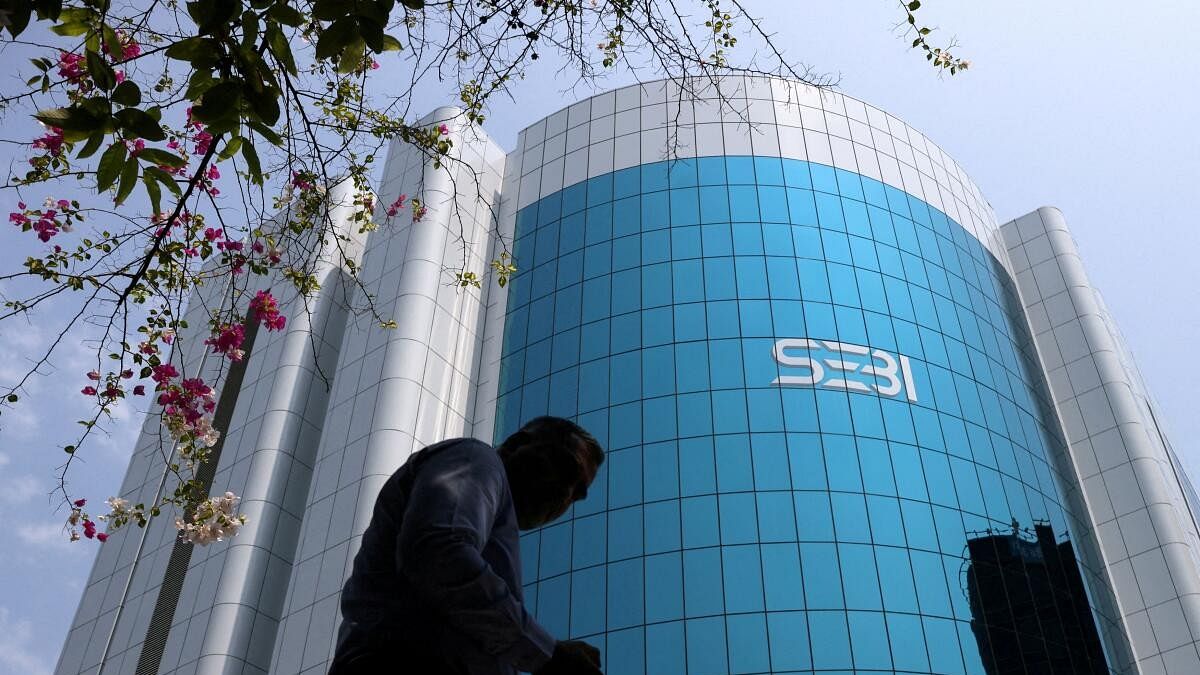
The Sebi headquarters in Mumbai.
Credit: Reuters File Photo
New Delhi: Capital markets regulator Sebi on Monday came out with guidelines for borrowing by Category I and Category II alternative investment funds (AIFs), along with the maximum permissible limit for extension of tenure by Large Value Fund for Accredited Investors (LVFs).
Under the rule, Category I and II AIFs are not allowed to borrow or use leverage for investments, except in limited cases for temporary needs.
These AIFs are allowed to borrow funds to address temporary funding needs or manage day-to-day operational expenses, with specific limitations.
Such borrowing is permitted for up to 30 days, can occur no more than four times in a calendar year, and must not exceed 10 per cent of the investable funds.
To facilitate ease of doing business and provide operational flexibility, Sebi has allowed Category I and Category II AIFs to borrow for the purpose of meeting temporary shortfall in amount called from investors for making investments in investee companies ('drawdown amount'), according to a circular.
On conditions for borrowing, Sebi said borrowing must be disclosed in the Private Placement Memorandum (PPM) of the scheme. Borrowing is only allowed in emergencies as a last resort.
The borrowed amount cannot exceed the lower of 20 per cent of the investment, 10 per cent of the fund's investable assets, or the pending commitments from other investors.
Sebi said only the investors who failed to provide their drawdown amounts will bear the borrowing costs.
Borrowing cannot be used to give different drawdown timelines to investors and details of borrowing and repayment must be disclosed to all investors regularly.
AIFs must wait 30 days between two borrowing periods, calculated from the repayment date of the previous borrowing.
On extension of tenure for LVFs, Sebi said it can be done by up to five years with the approval of two-thirds of unit holders.
LVFs with no disclosed extension period or an extension period beyond five years must align with the five-year limit by November 18. They can revise their original tenure if all investors agree, and they must submit an undertaking to Sebi confirming this by November 18.
They must update their extension details in the quarterly report for the quarter ending December 31, 2024.